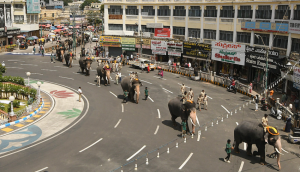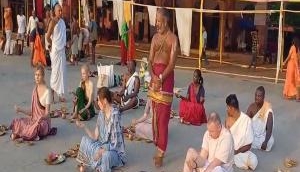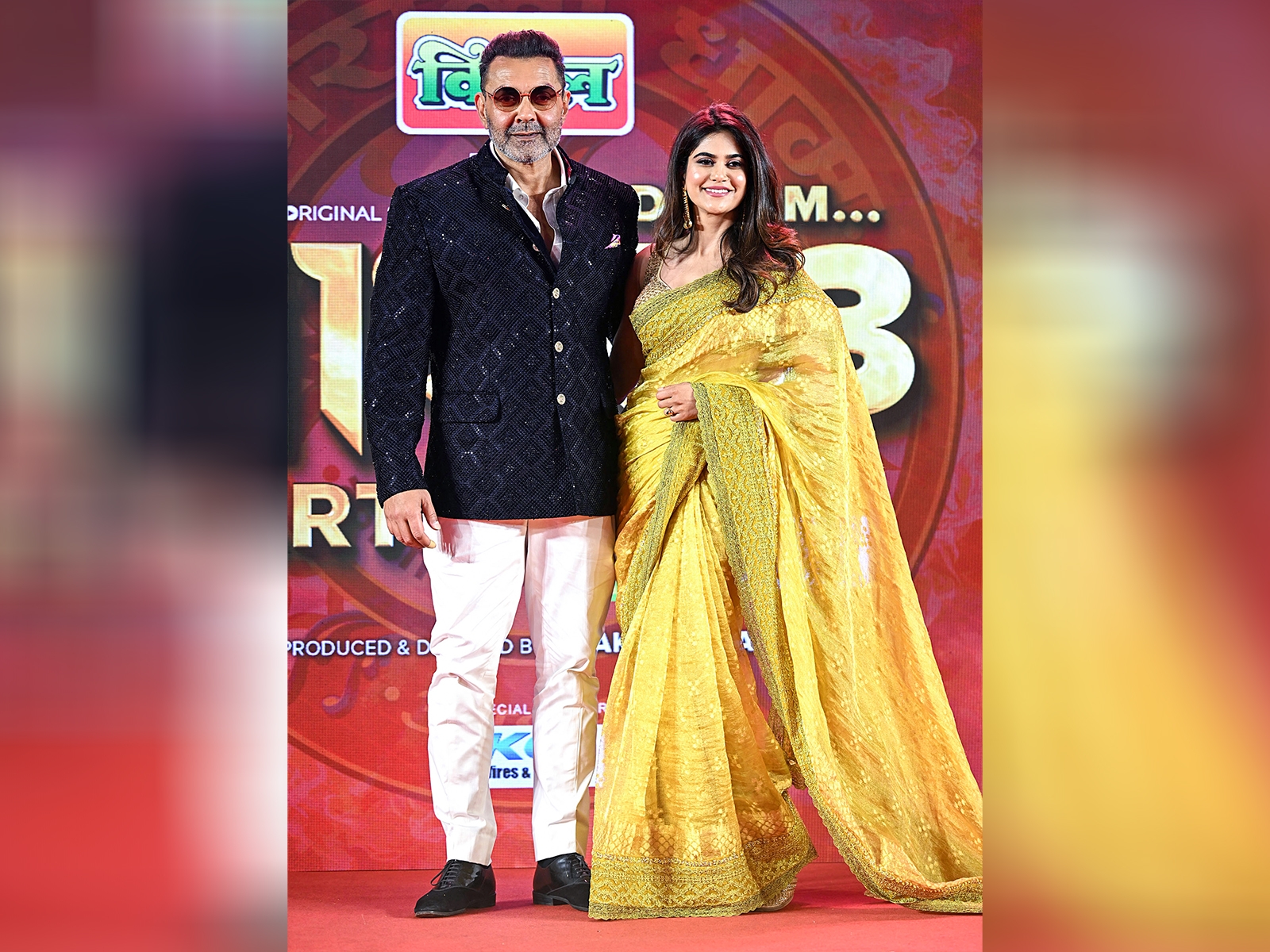Not all ancient Indian architecture was uniformly artistic. Vidya Dehejia found it lazy and unfinished

Between the literary giants and the glam launches at JLF 2016 was tucked a tiny gem of a session, one that discusses an almost unremarked-on part of Indian history and culture.
There's a lot said about Indian architecture - an integral part of every Indian history textbook, every tourist itinerary, every glowing brochure. And they all highlight one thing: the perfection, despite the general lack of tools, of ancient Indian architecture.
Also read - Should Rohith Vemula's suicide be seen through the Dalit lens? Pinky Anand says no
Except, says Vidya Dehejia and Peter Rockwell's book The Unfinished: The Stone Carvers at Work in the Indian Subcontinent, that's quite simply not true.
Their book drills a hole right through the notion that ancient Indian architecture was mostly perfect - pointing out that many Indian stone carved temples sometimes appear unfinished, far from perfect, and almost lazy. At a session called The Mystique of the Unfinished Dehejia, along with professors Crispin Branfoot and Naman P Ahuja, talked about the book and her findings on unfinished stone carvings in India.
Her particular area of focus was on the carvers' approach to finish and the rhythm of construction itself back in the day, with examples from the Hoysaleshwara Halevid temple and statues in the Ellora caves.
While some parts of these statues boast detailed groves and ridges, other parts appear entirely untouched and raw.
To Naman Ahuja, this was to be expected rather than lamented. "We needn't chastise ourselves. We're programmed to never finish buildings in India," he said. "This (discussion) actually gives historical precedent to examine this ideology," he added. Crispin Branfoot, on the other hand, mused that these temples may have been considered "complete enough for the purpose it was constructed". On a more wishful note, the panellists examined the notion that that perhaps the artisans intentionally avoided 'finishing' their work, to introduce artistic imperfections.
Also read - A peace conference that led to conflict: the making of the Middle East
Dehejia wryly rejected the notion. "There's no Michelangelo/Rodin-like explanation here. Intentionality of the unfinished isn't a possibility in India," she said.
For more, watch the session video on the JLF site or pick up a copy of the book.
The session was part of a series hosted by Catch parent company Rajasthan Patrika group at Jaipur Literature Festival 2016.
More in Catch - I've played Russian roulette with my life: legendary war photographer Don McCullin
The internet is a disorderly 18th century salon: Jerry Pinto #JLF2016
#60Seconds with Kwame Anthony Appiah: growing up homosexual in Ghana
#60Seconds with Valmik Thapar: "Tiger count hasn't increased. We're just counting better"
#60Seconds with Marlon James: 'West loves fairies & hobbits. I'm kinda tired'







![BJP's Kapil Mishra recreates Shankar Mahadevan’s ‘Breathless’ song to highlight Delhi pollution [WATCH] BJP's Kapil Mishra recreates Shankar Mahadevan’s ‘Breathless’ song to highlight Delhi pollution [WATCH]](https://images.catchnews.com/upload/2022/11/03/kapil-mishra_240884_300x172.png)

![Anupam Kher shares pictures of his toned body on 67th birthday [MUST SEE] Anupam Kher shares pictures of his toned body on 67th birthday [MUST SEE]](https://images.catchnews.com/upload/2022/03/07/Anupam_kher_231145_300x172.jpg)






